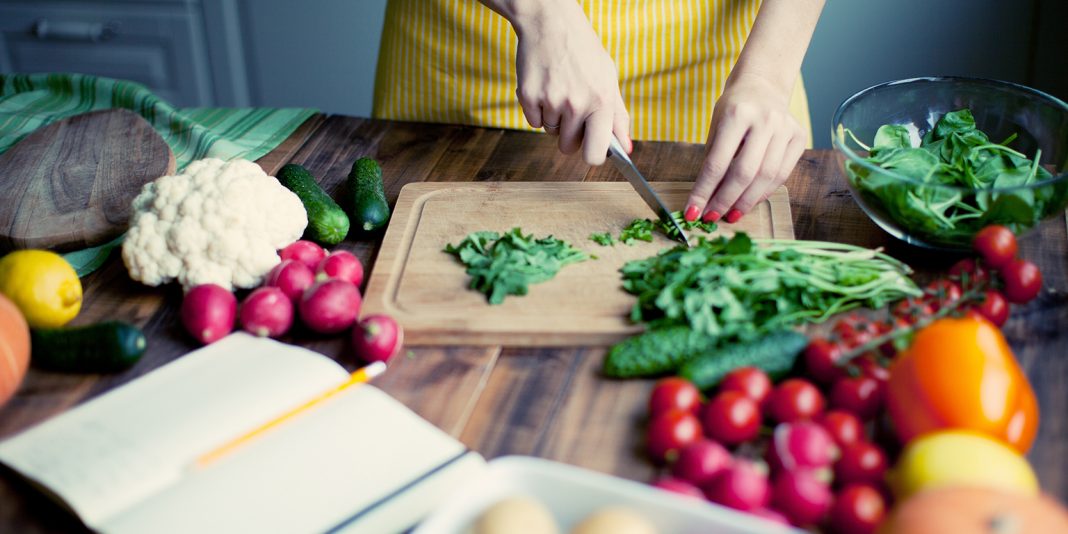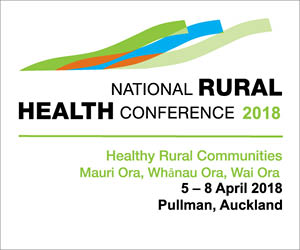A Waikato community fighting back against unhealthy food and a booklet helping families make healthy school lunches for about $2 a day were two of the topics at the Public Health Conference yesterday.
Tokoroa’s Ka Pai Kai was one response to growing concern over ‘food swamps’ – the over-abundance of unhealthy but ready-to-eat foods in communities, Zaynel Sushil of Waikato District Health Board’s Population Health Unit told the Christchurch conference.
He said very recent research conducted in New Zealand confirmed deprived areas had approximately five times more fastfood outlets and convenience stores than grocery outlets. Exposure to cheap and easy unhealthy food was about three times higher for schools in deprived areas.
“The food environment where we live, work, learn or play influences our food choices. Food swamps and social problems like poverty all follow a similar pattern and some suggest this can lead to a vicious cycle where people are less able to act in their own long-term interests,” he said.
Ka Pai Kai set up a local food network to help the Waikato community work together to build a sustainable local food system. The Ka Pai Kai action plan included food provision, at-risk youth training, café food and waste policy, councils and indigenous food networks.
“It began with a healthy school lunch programme, transformed into a community social enterprise and, since its inception in March 2015, three kohanga, a preschool and nine primary schools have joined.”
This year the Network was recognised by the philanthropy sector as a project for intergenerational change and awarded a significant funding boost, said Sushil.
Healthy school lunches
In another presentation West Coast Community and Public Health Nutrition Health Promoter Jade Winter told the conference about workshops on the West Coast where they provided examples of nutritious and cost-effective lunchboxes.
These included foods such as pasta, carrot sticks, bananas, plain yoghurt, kiwifruit, filled bread cases, boiled eggs, celery sticks, rice crackers, broccoli, hummus and homemade slices.
The cost, at an average of $2.31 per meal, was based on supermarket prices on the West Coast.
“I always explain to parents that providing a healthy lunchbox at a low cost will nearly always require a little time. However, by chopping up extra vegetables at dinner time, or making extra, you are potentially saving time and power!”
Ms Winter said it soon became obvious that parents and caregivers needed a robust, budget-friendly, easy to understand resource so Community and Public Health produced Nourishing Futures with Better Kai. The booklet combines nutrition information and guidelines with practical information such as handy ingredients for the pantry, building a healthy lunchbox, sandwich-filling ideas, healthy party food, dealing with picky eating, oral health and recipes for using leftovers.
Ms Winter said the booklet has had significant input from parents, caregivers, teachers, dietitians, nutritionists and public health professionals to ensure it is as useful as possible.
“Toddlers and young children need appropriate nutrition for growth and development. Eating habits are formed from a very young age and it is important to cultivate these as early as possible. Introducing nourishing foods encourages children to learn about and enjoy different tastes and textures. We hope the resource will help parents and caregivers with that.”
Nourishing Futures with Better Kai is available free on the Community and Public Health website at www.cph.co.nz/wp-content/uploads/nourishingfuturesbetterkai.pdf.






















[…] Read the full story on the Nursing Review. […]